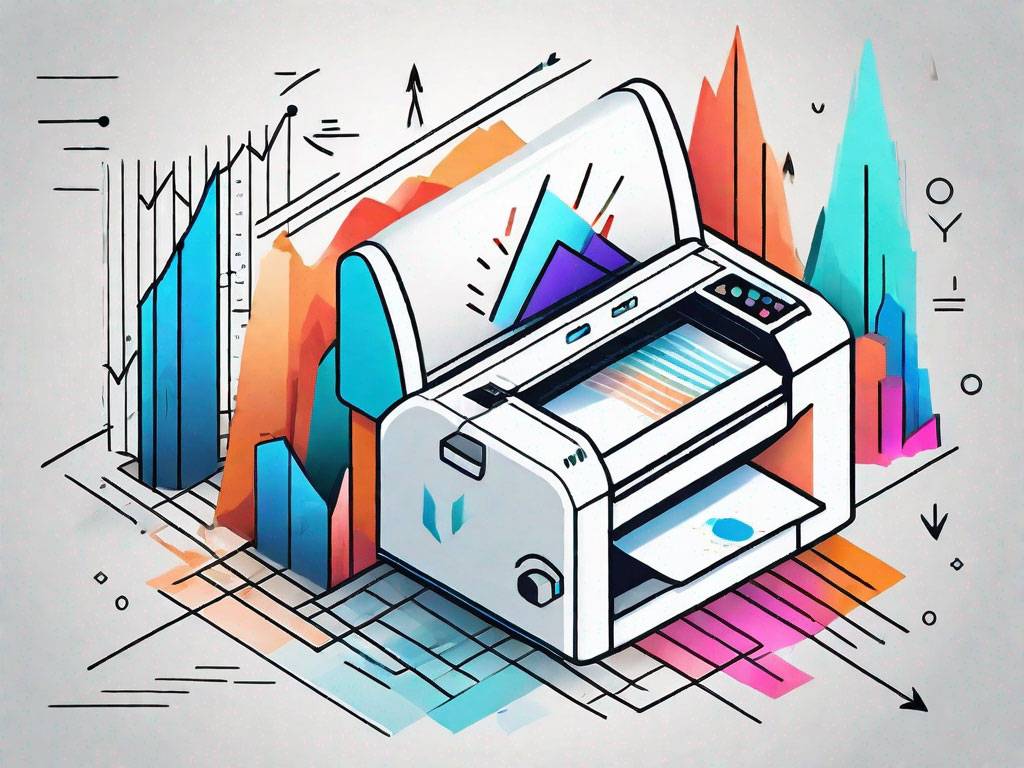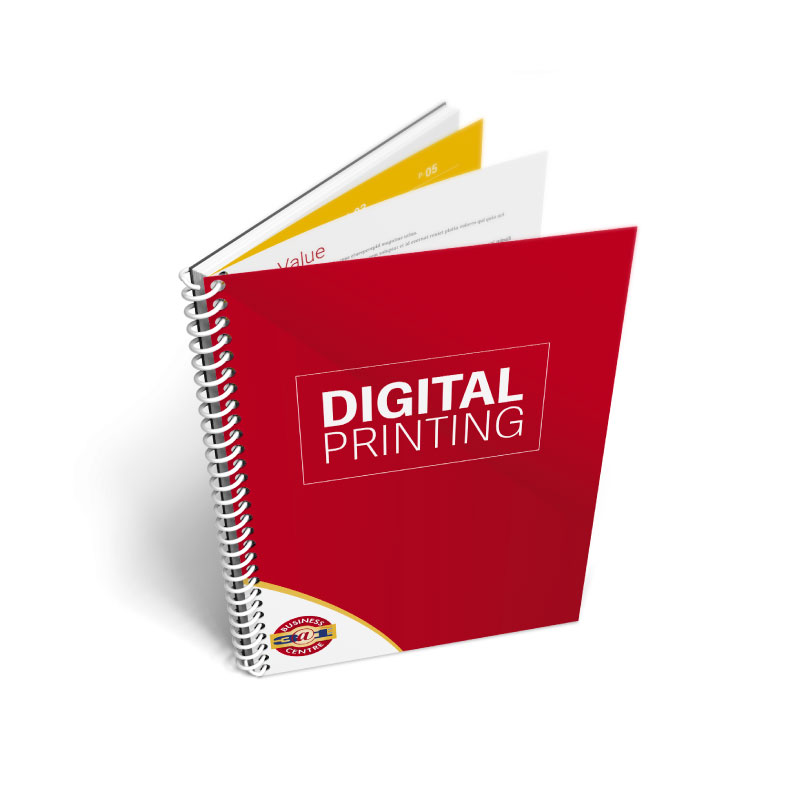Eco-conscious brands are exploring sustainable ways to do print on demand.
Eco-conscious brands are exploring sustainable ways to do print on demand.
Blog Article
Comprehending Exactly How Digital Printing Changes the Printing Industry
The printing sector, long steeped in traditional techniques, is undergoing an extreme improvement with the arrival of electronic printing. With its potential to spur engagement via personalized material and to supply lasting options, it's clear that digital printing is even more than a technological breakthrough; it's an essential video game changer.
The Evolution of Digital Printing: A Brief Review
Considering that its inception, electronic printing has gone through substantial changes, continually transforming the printing industry. With the advent of the 90s, electronic printing modern technology began to mature, and the market saw the introduction of direct imaging presses, which removed the requirement for publishing plates. As the new millennium unfolded, innovations in modern technology better stimulated the growth of digital printing, leading to the creation of high-speed inkjet printers.

Unboxing the Technology Behind Digital Printing
Digging into the details of electronic printing innovation, one encounters a rich tapestry of sophisticated equipment and facility algorithms. At the heart of this process exists an electronic photo, which is processed by software application that separates it into a grid of dots. These dots are then exchanged a digital code. This code is analyzed by the printer, which utilizes it to exactly transfer beads of ink onto the substrate. The droplets are so little and precise that they produce an image that is practically indistinguishable from the original. This elaborate system, reinforced by innovative software program and high-resolution imaging, has actually transformed the landscape of the printing sector, leading the method for unmatched degrees of detail and precision.

The Benefits of Digital Printing for Services
Comprehending the modern technology behind digital printing offers a clear image of its accuracy and detail. For businesses, this translates into countless benefits. Digital printing uses extraordinary this page rate, enabling companies to fulfill tight due dates without jeopardizing on quality. Next, it decreases expenses as there are no plates or physical configuration, making it perfect for small-volume printing jobs. This innovation supplies This Site superior uniformity with each print output, eliminating variations often seen in typical techniques. Finally, digital printing is eco-friendly, making use of much less ink and generating much less waste. Nevertheless, the full possibility of digital printing is understood when used for personalization and customization, a topic that will certainly be covered comprehensive in the following area.
The Duty of Digital Printing in Customization and Personalization
While standard printing techniques struggle with customization and personalization, digital printing stands out in these locations. It permits for the simple change of styles, without the requirement for expensive and time-consuming plate changes (print on demand). This enables services my website to tailor items to private customers, meeting specific requirements and improving client satisfaction
Digital printing also enables variable information printing, where aspects such as text, graphics, and photos might be changed from one published piece to the following, without decreasing the printing procedure. This is specifically helpful for direct marketing campaigns, where customized messaging can significantly enhance reaction prices. By doing this, digital printing not just reinvents the printing industry but also transforms the method companies communicate with their customers.
Evaluating the Ecological Effect of Digital Printing
Although electronic printing has actually been lauded for its function in modification and customization, it is essential to analyze its ecological influence. Digital printing can be less inefficient than traditional approaches, because it operates on a 'print on need' basis, removing the need for large print runs that can result in surplus and waste. Additionally, it makes use of fewer chemicals and creates less volatile organic substances (VOCs) contrasted to offset printing. The power usage of electronic printers can be high, leading to enhanced carbon impact. Moreover, using non-recyclable printing parts and the difficulty of e-waste administration present substantial ecological worries. While electronic printing has many advantages, its environmental influence needs to be diligently managed.
Conclusion
In verdict, electronic printing has changed the printing industry, providing rapid, cost-efficient, and top notch options - print on demand. Comprehending these changes is vital for organizations to leverage the advantages of digital printing properly.
Report this page